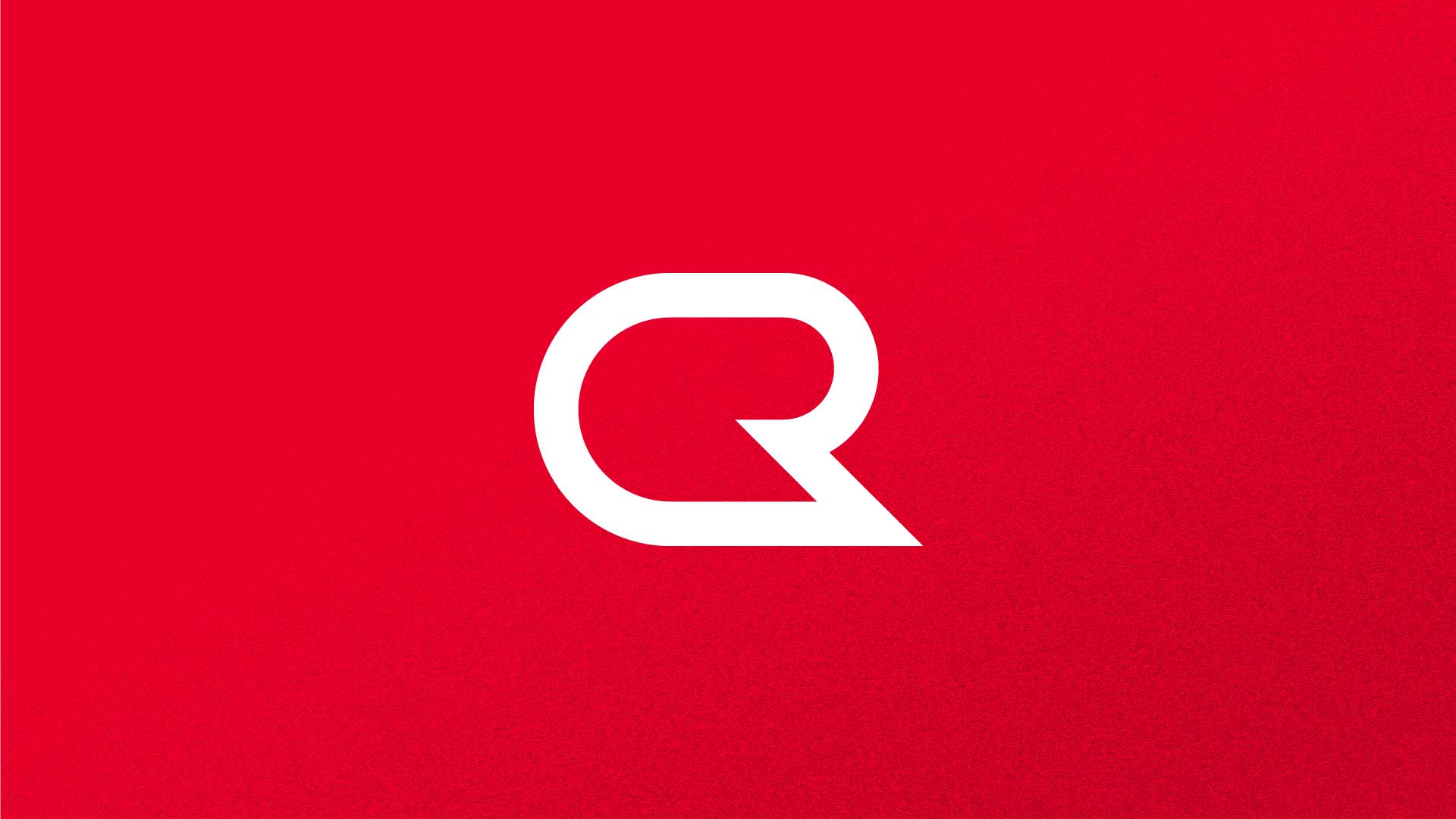
Labeled an “existential crisis for writers”, it’s hard to miss the storm that has been brewing in Hollywood. But what you may not know is that beyond entertainment, the shockwaves of the strike will impact advertising. Less content means less viewership for many stations – and those that do have content will be charging a premium due to limited inventory.
But first things first – let’s dig into the cause behind the strike.
Why are Writers Striking?
On May 2, the Writers Guild of America (WGA) and the Screen Actors Guild – American Federation of Television and Radio Artists (SAG-AFTRA) aligned to form a writers’ strike. These two groups represent over 11,000 creatives from writers to actors and extras, and many in-between responsible for the creation of our favorite programs.
The strike is fighting for two main issues:
- Fair pay from studios and streaming companies for many reasons, including the changing landscape of streamed programming and the payment structure providing reduced compensation to workers, along with fair working conditions that provide a minimum number of necessary workers for a given project.
- Protections that would require studios to pay and receive authorization from individuals for using someone’s likeness, even if created through Artificial Intelligence.
During the strike, participating members are unable to work on any scripted content, only working on live, game, or talk shows until an agreement has been reached with major entertainment corporations.
The strike has now been going on for just over three months with the SAG-AFTRA stating no end in sight. Depending on when filming and production resume, this could push the effects of the strike well into the middle of 2024.
What Does This Mean for Advertisers?
For advertisers in prime programming both on broadcast TV and streaming platforms, there will be less first-run programming available to place in. Availability will vary depending on each show’s film and production schedules, though interruptions to regularly scheduled programming are likely as early as October.
This is predicted to affect viewership, putting pressure on surrounding programs as advertisers move their placements to live sports, game shows, and surrounding dayparts.
With less inventory and higher demand, we are likely to see much higher rates in premium programming than in previous years.
As Advertisers, What Can We Do?
There is no mistake that the strike’s impending 2024 impacts coupled with an intense political season is expected to create additional pressure on TV advertising inventory. Nevertheless, with the right team and adopting a flexible strategy, it is possible to optimize your TV and streaming campaigns, ensuring their efficacy without redirecting investments towards alternative platforms.
If you need help navigating these tricky times and want to learn how to optimize your strategy and protect your placements, contact us to get in touch with our expert media team.



